In the News

Video
October 27, 2025
Dr. Steve Osofsky moderates a discussion on opportunities for addressing wildlife health, natural resources management, and related economic challenges at the Fall 2025 National Academy of Sciences Board on Animal Health Sciences, Conservation, and Research meeting.

Video
October 27, 2025
As a panelist at the Fall 2025 Meeting of the National Academy of Sciences Board on Animal Health Sciences, Conservation, and Research, Dr. Steve Osofsky discusses approaches to wildlife-compatible land use, environmental conservation as a cost-effective public health intervention, and more.
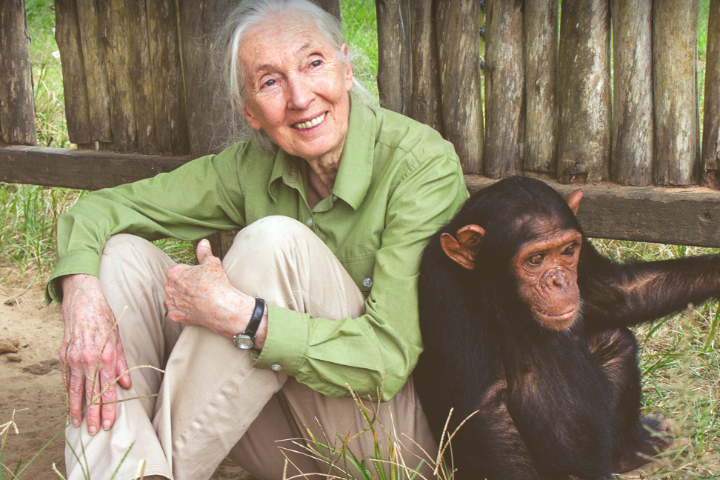
October 24, 2025
Cornell's Robin Radcliffe honors the pioneering researcher and former A.D. White Professor, who passed away in early October....
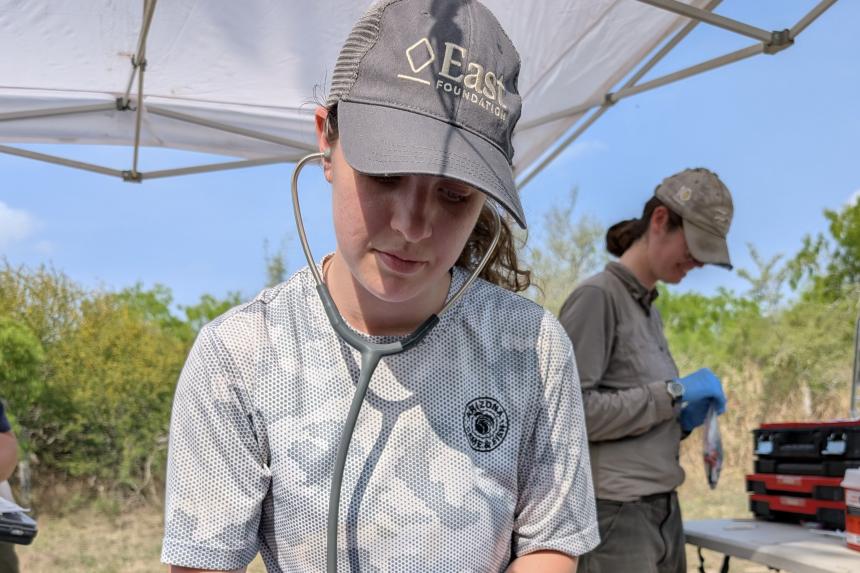
October 23, 2025
On the recommendation of Cornell’s Dr. Martin Gilbert, I reached out to Dr. Ashley Reeves, the research veterinarian for the East Foundation, a private nonprofit focused on land stewardship...
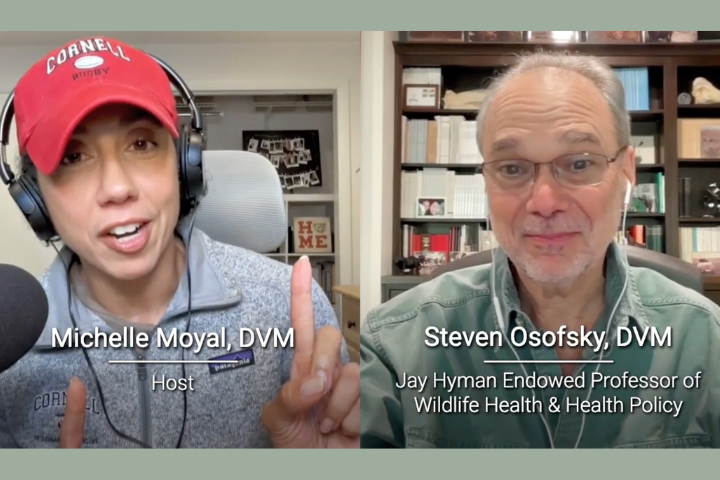
Podcast
October 16, 2025
Tune in to learn how Steve Osofsky, DVM '89, the Jay Hyman Professor of Wildlife Health & Health Policy and director of the Cornell K. Lisa Yang Center for Wildlife Health, helped establish the concepts of One Health, Planetary Health, and more....
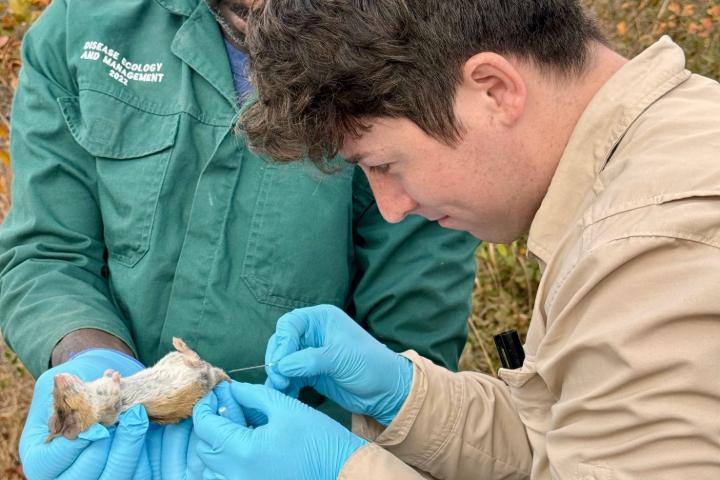
October 15, 2025
I had the opportunity to spend two months in the middle of Kruger National Park (KNP) in collaboration with the Organization for Tropical Studies (OTS)...
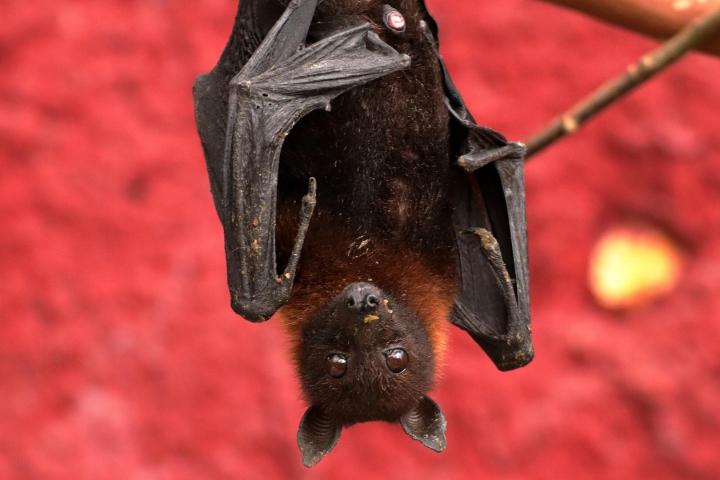
October 10, 2025
Cornell's Raina Plowright discusses her work, which focuses on the dynamics of viral pathogens in bats and how to prevent pathogen spillover to other species.
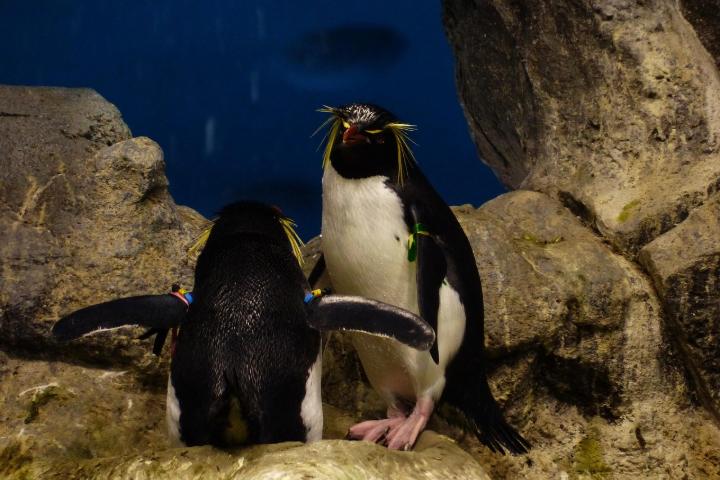
Podcast
October 09, 2025
Cornell's Dr. Jeff White shares his journey from bird-loving kid to penguin expert, exploring crested penguins, conservation challenges, and why public engagement matters more than ever.
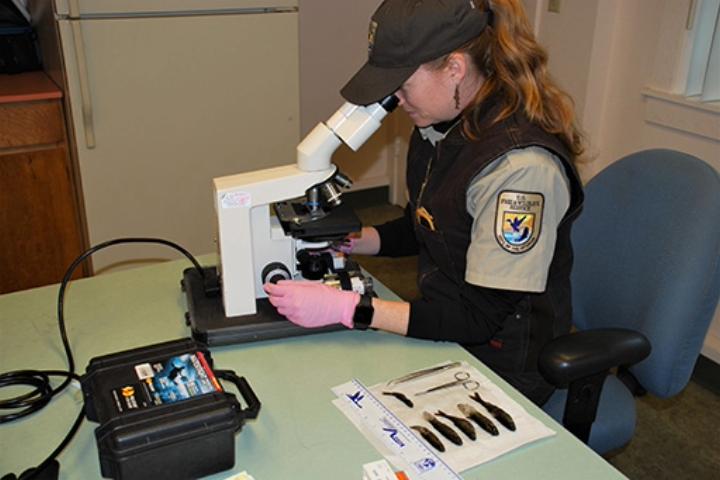
Blog
October 07, 2025
What Christine Parker-Graham, DVM, CertAqV, DACZM enjoys most about the field of veterinary medicine is the “unending potential that a DVM affords you." Parker-Graham is a graduate of UC Davis and completed a zoo, wildlife, and exotic medicine internship at Cornell...
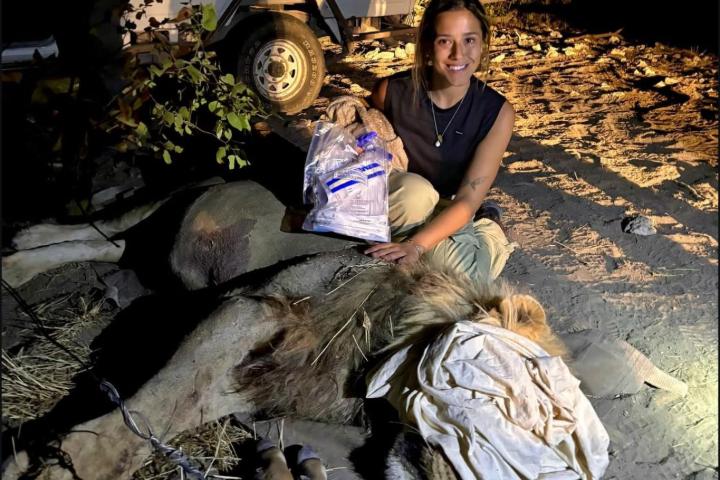
October 02, 2025
It’s 3 a.m. in the Namibian bush. A team of us circles around a sedated lion to take DNA samples while two other male lions lurk nearby. We haven’t gotten an ounce of sleep, and I haven’t had a hot meal in a week, but I've never felt more alive than at this moment....
